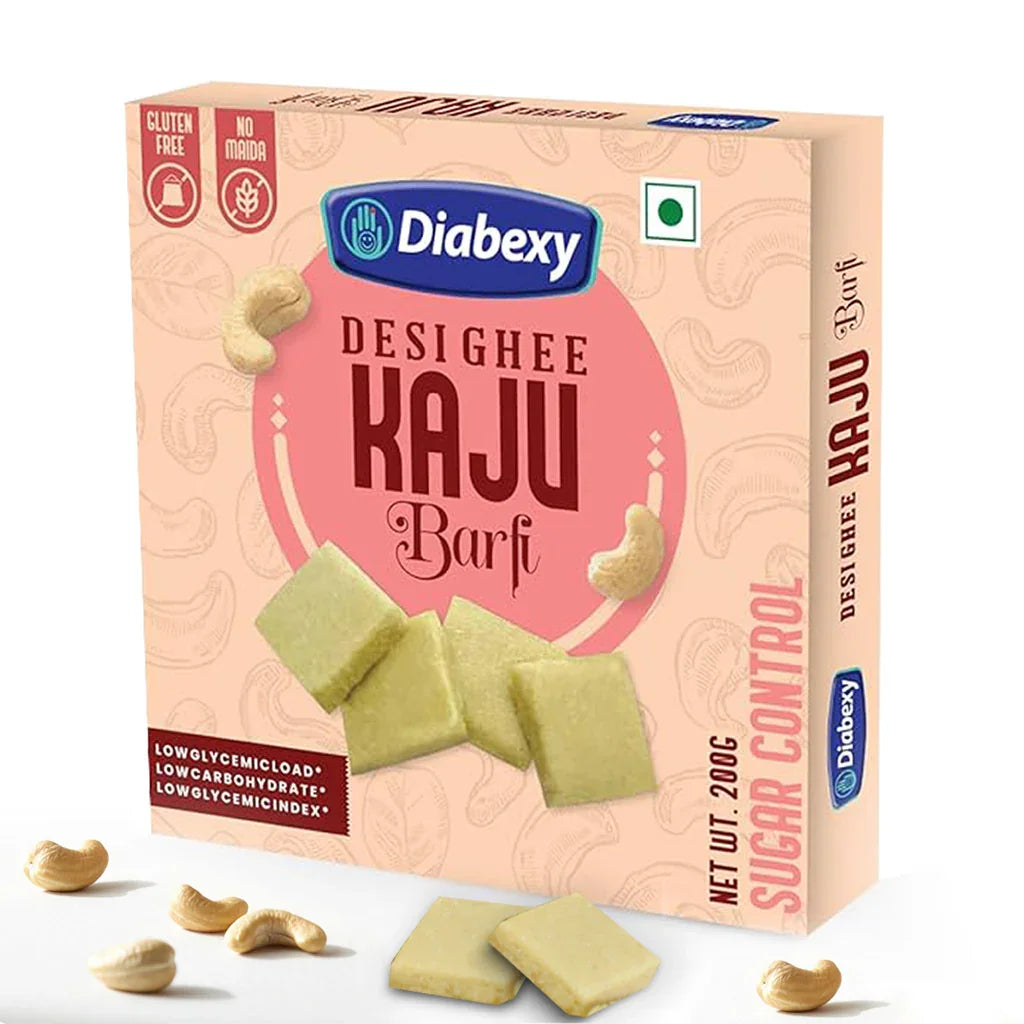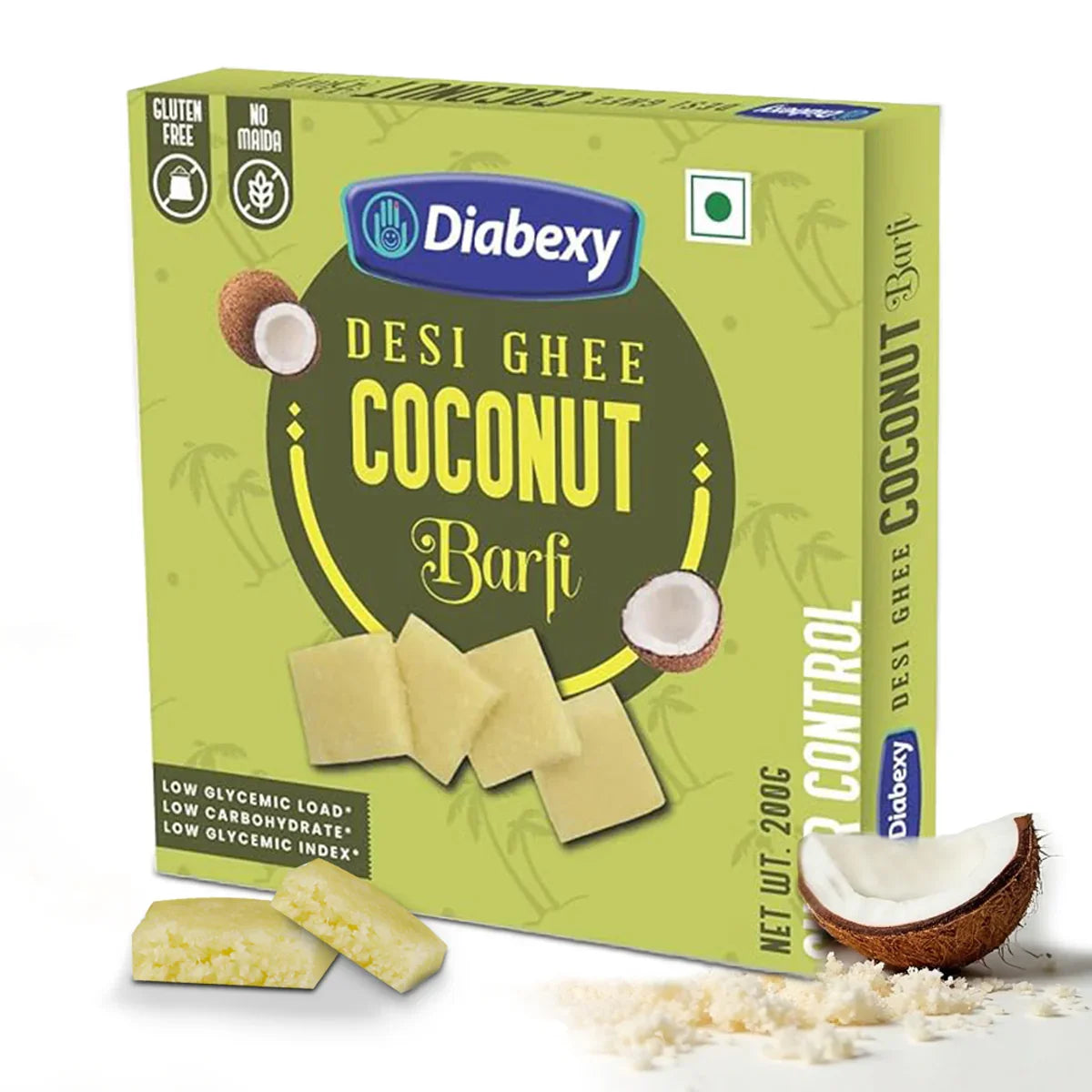 Is Sugar-Free the Healthiest Option for Diabetics?
Is Sugar-Free the Healthiest Option for Diabetics?
By Lokendra Tomar, Diet Educator & Founder of Diabexy | Originally featured in Times of India
In recent years, terms like “Sugar-Free” and “No Added Sugar” have become common on food packaging. But here’s the catch — just because a product says “sugar-free” doesn’t mean it’s healthy or safe for people with diabetes.
As someone who has worked with thousands of diabetics, I can tell you this — you have to look beyond the label. The real question isn’t just “Does it have sugar?” but rather “What ingredients are replacing the sugar, and how do they affect my blood sugar?”
What Does “Sugar-Free” Really Mean?
In diabetes management, the key isn’t only about removing sugar — it’s also about managing calories and glycemic load (GL).
-
Sugar-free does not mean calorie-free.
-
It does not automatically mean diabetic-friendly.
For example, switching to sugar-free alternatives can help if you are overweight or want to reduce your calorie intake, but only if the sugar substitutes used have a low glycemic load.

Glycemic Load: The Real Game-Changer
Glycemic Load (GL) measures how much a particular food will raise your blood sugar.
-
White sugar has a GL of 65 — bad for diabetics.
-
Dextrose: GL 100 — worse than sugar.
-
Maltodextrin: GL 110 — much worse than sugar.
That means a sugar-free sweet made with maltodextrin is actually more harmful than regular sugar.
Instead, look for alternatives with a low GL:
-
Erythritol (GL 1) ✅
-
Sorbitol (GL 9) ✅
-
Maltitol (GL 35 — moderate, so consume sparingly)
-
Fructo-oligosaccharide (GL 1) ✅
All high-intensity sweeteners like Stevia, Sucralose, and Aspartame have a GL of 0 — meaning they won’t raise your blood sugar.
Natural vs. Artificial Sweeteners
Both stevia (natural) and sucralose (artificial) are considered safe for diabetics.
-
Stevia: Has mild bitterness but offers anti-diabetic benefits.
-
Sucralose: Tastes closer to sugar, widely accepted worldwide.
When to Be Careful
-
Pregnant women and children should avoid artificial sweeteners.
-
People with stable blood sugar can, occasionally and in moderation, have small amounts of real sugar — but only after a doctor’s approval.
-
Always read the ingredient list before buying any sugar-free sweet.
The Diabexy Difference
At Diabexy, we create sweets and snacks using low glycemic load ingredients like erythritol and stevia — no maltodextrin, no dextrose, and no hidden high-GL fillers.
For example, Diabexy Kaju Katli (No Added Sugar):
-
GL is over 80% lower than traditional Kaju Katli.
-
Made with premium cashews and diabetic-friendly sweeteners.
-
Allows you to enjoy sweetness without worrying about spikes.
This is why thousands of diabetics across India trust Diabexy — because we focus on science-backed, label-checked, genuinely diabetic-friendly products.
Final Takeaway
Sugar-free alternatives can be the healthiest option for diabetics — but only if you choose them wisely.
Look for:
-
Low Glycemic Load ingredients
-
No maltodextrin or dextrose
-
Natural or safe artificial sweeteners
If you’re not sure where to start, explore Diabexy’s range of scientifically formulated sugar-free sweets. They’re not just “free from sugar” — they’re free from blood sugar spikes.




